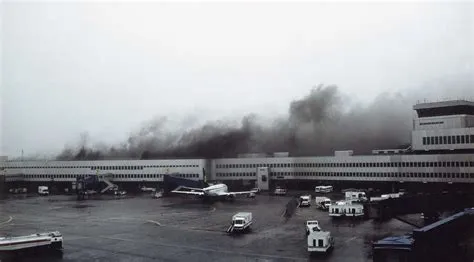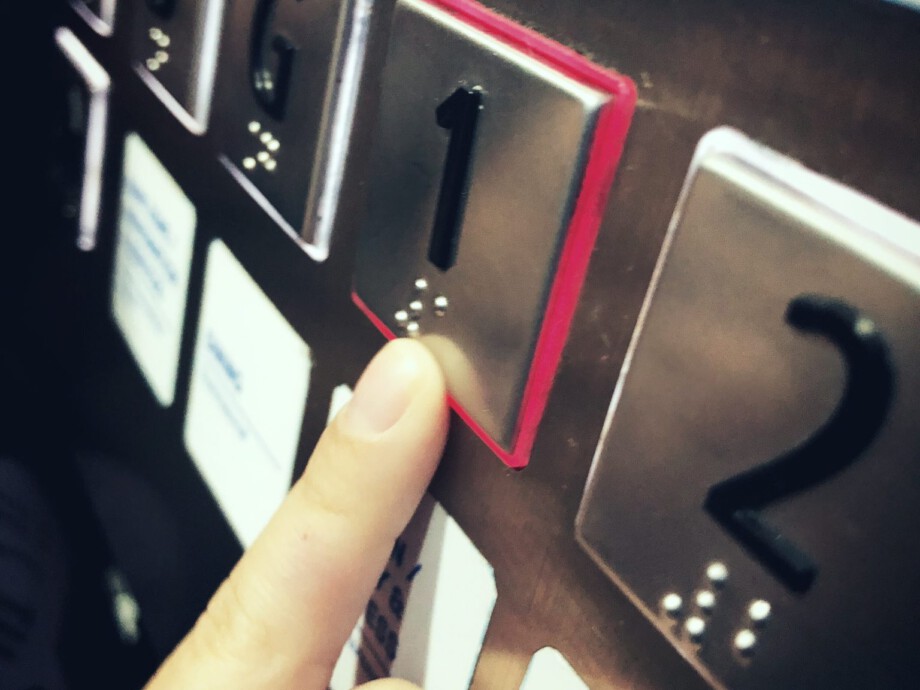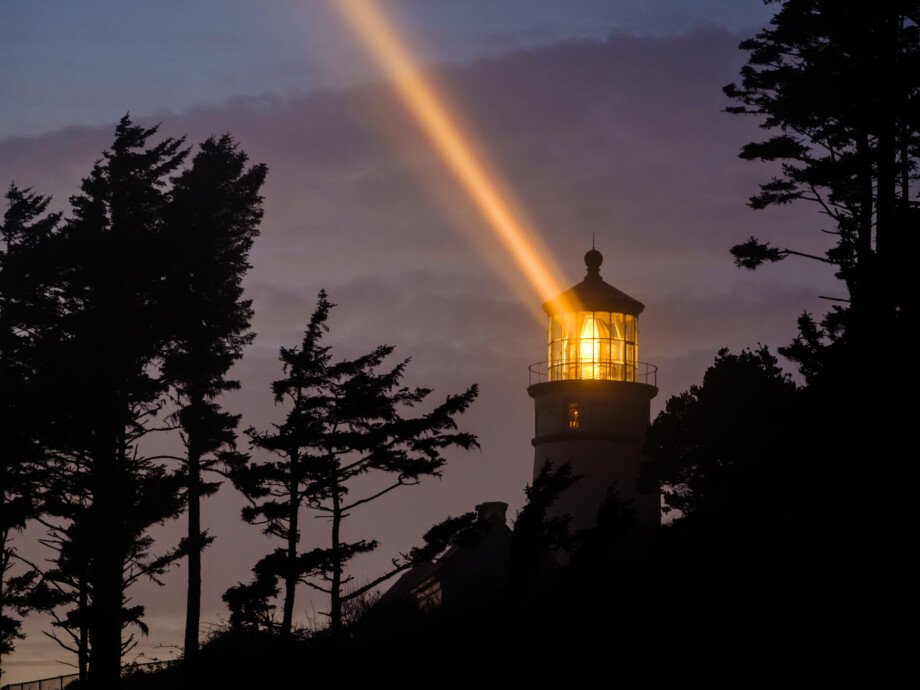Düsseldorf Airport Fire Case Study

Overview
On April 11th, 1996, 17 people lost their lives, and 72 people were seriously injured when welding works caused a fire in the arrivals hall of Düsseldorf Airport. This event had a large impact on hotel safety.
Introduction
No one could understand how that kind of disaster could happen. The investigation is well-publicized and showed lapses at every level. From the welders whose hot works started the fire, to the architects who hadn’t thought through the consequences of their design, to the lack of cooperation between rescue services and the airport-based services, to the building inspectors who approved non-code-compliant designs and installations.
After the fire, for many higher-risk buildings in Germany where large groups of people could be accommodated, a very expensive period of catching up to codes that had been weakly enforced ensued. Deviations were no longer accepted. Many of the expensive upgrades to fire safety and security were extremely expensive retrofits.
In hotels, these retrofits had to be swallowed without any perceived value being added to the guest experience.
Challenge
“We have a risk engineer from the insurance company coming next week. You will be his escort during his visit”, my boss told me.
As a newly employed security guard, it was easy for him to pick me for what he considered a thankless task.
“What time and what day?” I asked.
“Monday to Friday. 8 to 4.” my boss said, “But I’m not sure he’ll finish by four every day.”
My first experience with a risk engineer who was auditing the physical integrity of a hotel was a thorough one. We visited every nook and cranny of the 23-story, 500-room hotel.
I learned that if you could see a sliver of light through a concrete wall, there was a risk of smoke spreading. At the time, our hotel was slowly transitioning toward the digital age. Cables were being pulled to upgrade TV signals, internet, and telephone connections. There were a lot of slivers of light coming through walls and floors that should have been sealed.
A few weeks later, we received a thick report from the insurance company. The 100-page report contained photographs of every anomaly, risk, or non-code-compliant issue the engineer found, and a typed comment was glued beneath each picture. Digital documents didn’t exist in those days.
My boss called me to his office again. He handed me the book.
“Take this, find every place where every picture was taken, and take new pictures. Write notes beside each picture in the original and tell us what has been corrected and what has not.”
My night shift colleagues and I spent weeks finding all the locations in the report.
We made copies of the report, which we then used as training documents for new security officers to help them learn what they should be looking for during their routine rounds in the hotel.
Solution
Later, when I became responsible for safety in security in the hotel group, our company had grown. It was no longer feasible for the insurance broker’s risk engineers to visit every hotel. They only visited the hotels which had the highest estimated maximum loss. Those were our largest, often newer hotels, in well-developed markets where there usually were well-functioning government building regulations, controls, and enforcement authorities.
In other words, although they had the highest estimated maximum loss, it was unlikely they were the hotels that represented the largest risk to the company or the insurers.
We worked with the brokers to spread their audits so they included some of the hotels with the largest EMLs, but where they also included hotels with lower insured values but where risk assessments showed they had a higher risk probability.
We also worked with the brokers to change the approach from a simple audit or inspection to one that was more educational. We reasoned that if hotels felt they were being inspected or tested, they would do their best to hide things that might cause concern.
The insurance broker’s risk engineers were brilliant. Thanks to improved technology, they were able to add an educational piece to their audit. After a one or two-day audit, they would have a presentation ready to show the hotel management team, highlighting key findings and explaining what the consequences of those findings could be if they were not rectified.
Benefits
Within a couple of years, we had hotels asking if they could be audited. They wanted to learn.
In recent years, we have seen how the advantages of innovation provide both new opportunities and new risks. Hotels have begun using new materials to save costs or increase comfort but can represent unknown or untested risks to fire safety.
On the other hand, digital technologies have become much more affordable and accessible allowing the creation of digital twins and other tools that can help manage projects, training, maintenance, and operations.
These days, most hotels or hotel companies don’t have a security guard they can spare for a full week to follow a risk engineer around a building, but if we change our mindsets and approaches to due diligence and strategically apply technologies combined with the insights of expertise, we can make hotels safer, more secure, and sustainable in the protection against risk for the lifetime of the property.
-

Organizing your resilience efforts around ten pillars and then assessing your efforts systematically will make sure your programs are achieving world-class results. Pillar 1: Threat and Intelligence Pillar 2: Program Design and Governance Pillar 3: Physical Security Pillar 4: Cyber Security and Crime Pillar 5: Incident Response Pillar 6: Crisis Management Pillar 7: Notification and […]
-

I’ve built a career supporting companies in developing crisis and emergency management programs both in the United States and internationally. In twenty years, I’ve seen some things. One thing I’ve noticed is that some programs are successful while some tend to flounder and are not sustainable. Others just fail completely and require additional resources and […]